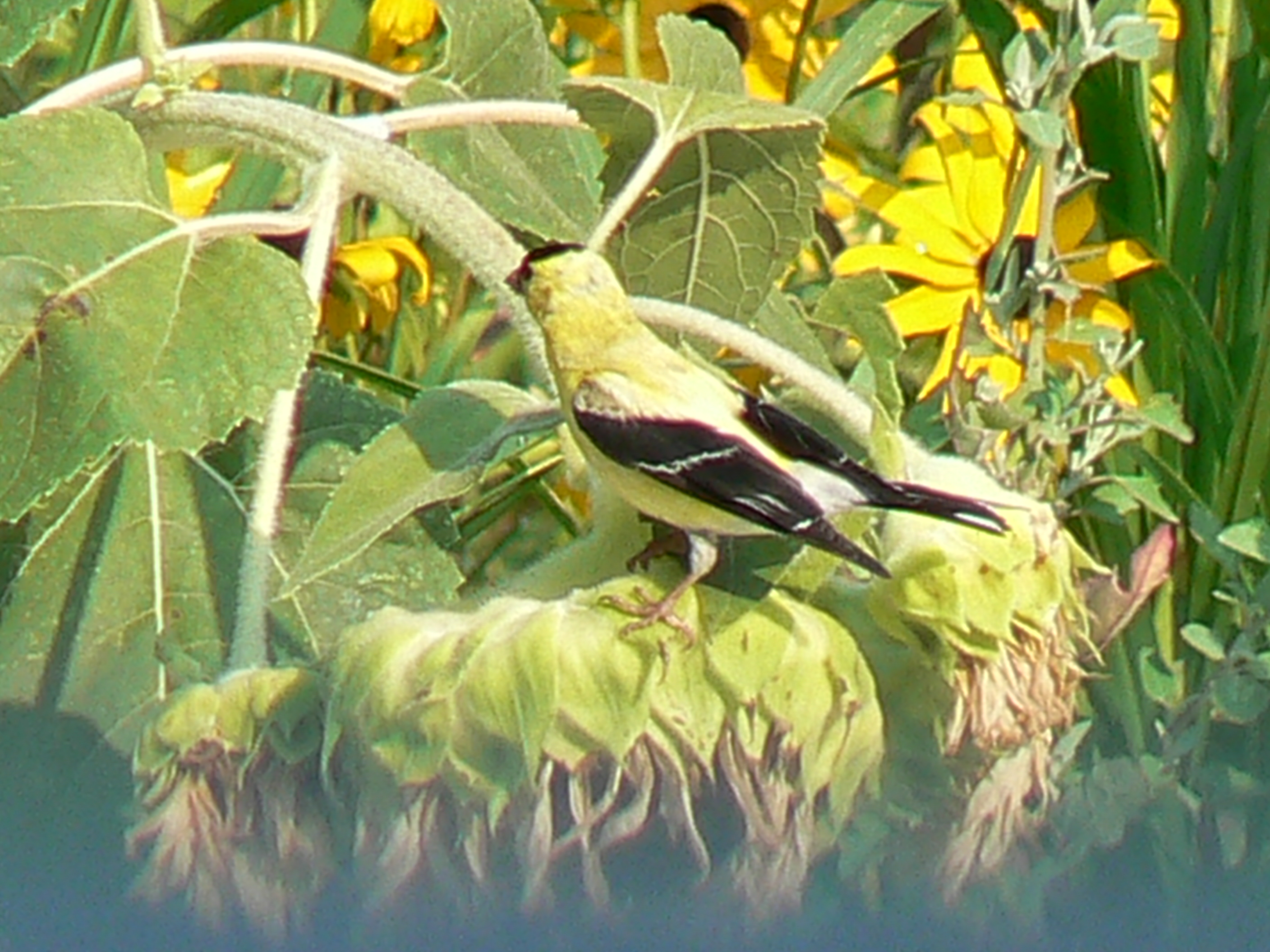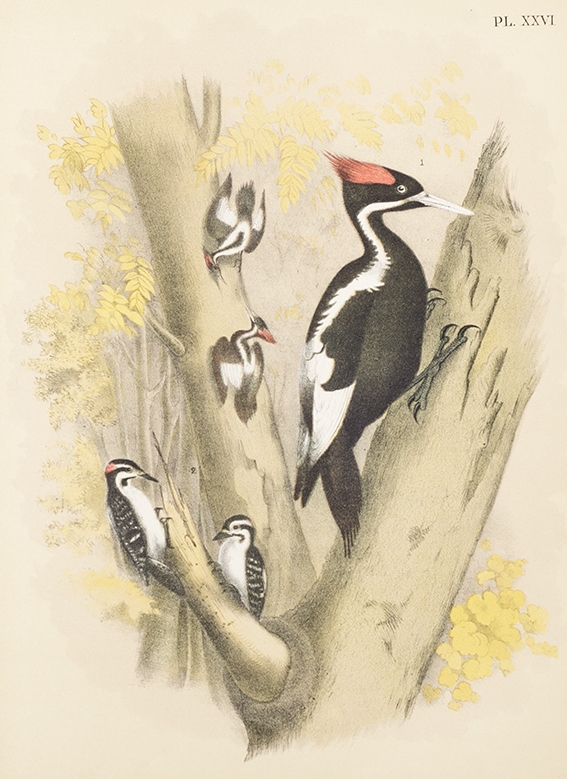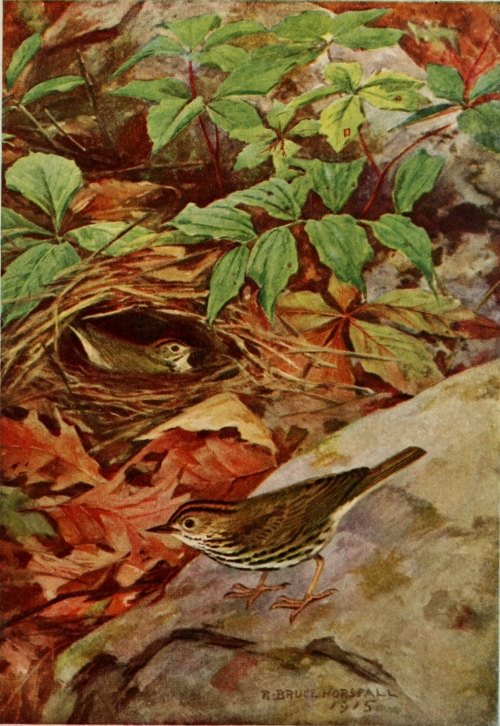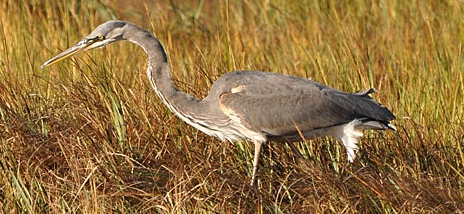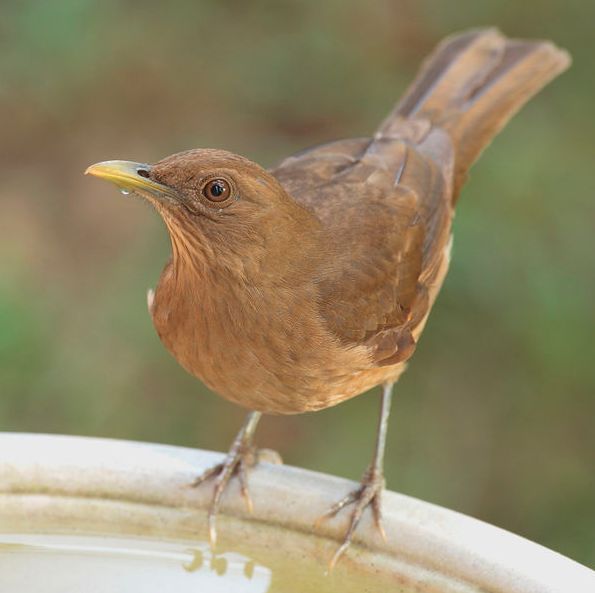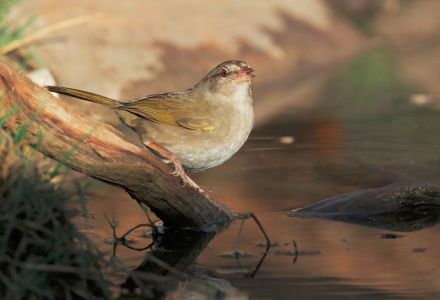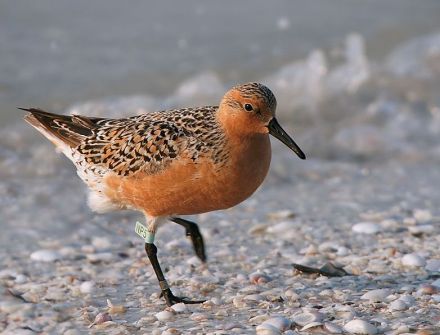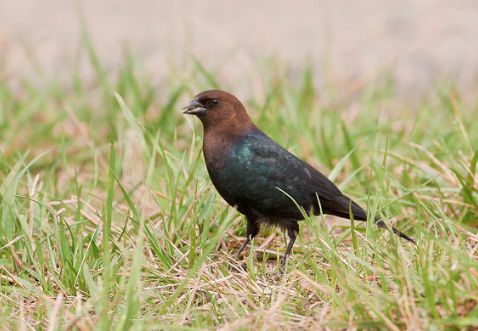30 Birds
Random Footnotes
Not documentation, but illumination of or expansion upon, randomly, various items. Episodically and unpredictably, but perhaps interestingly.
A place also for corrections/comments.
Contact info in Addendum
See bottom of page for some books by author's friends.
New: Just a beginner? National Park Sevice has some tips for you.
New: Expand your idea of a "life list." List other "lifers." Here for example (pictures, too).
New: Terrific multi-media article:
Condor recovery program as of Sept 2022.
New: Tribute to Mary Gustafson: see notes to chapter 4, below.
Preface
Perhaps to eccentricities listed at end here should be added molecular biology. This, in the person of James D. Watson, co-discoverer of the double helix
structure of DNA. Nobel Laureate. Although he ended up micro, he started macro, as a bird watcher, sharing the hobby with his businessman father in Chicago. Graduated from University
of Chicago (B.S. zoology) 1947. Here is a picture of him (3d from left) as a birdwatcher back in 46:

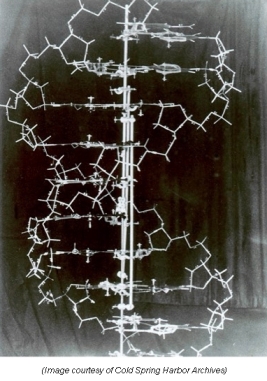
Birder-image source: The Annotated and Illustrated Double Helix, 2012.
Another eccentricity would be James Bond. 007 a bird-watcher? Not exactly, but his creator, Ian Fleming, was -- a keen one. After WW2 he retired to Jamaica
(my trip there, many years later, included his house and the Doctor Bird, with its extremely long tail). The Caribbean
field guide's author was a prominent Philadelphia Academy of Sciences ornithologist. No prizes for guessing that man's name. Fleming (a heavy smoker, dead at 56) once said to the
ornithologist's wife: "It struck me that this brief, unromantic, Anglo-Saxon and yet very masculine name was just what I needed, and so a second James Bond was born."
Here's a picture of the "real" JB with two Eskimo curlews:
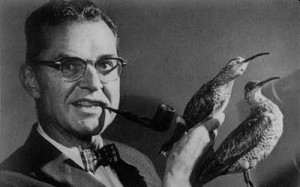

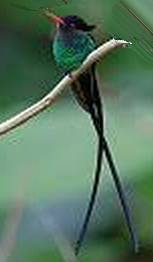
It might be noted that as a tribute to the real JB, in the gimmicky film Die Another Day, Pierce Brosnan examines the book Birds of the West Indies,
and introduces himself to Jinx (Halle Berry) as an ornithologist.
1/ Irresistible Lemmon Red-faced Warbler
A checklist for the birds of Theodore Roosevelt Island can be found here: TRI.
A list for Brigantine is here: FWS.
Here's more on Hirabayashi's hitchhiking to AZ (from the state of WA), taken from profile of him by the U of Washington when the US Supreme Court finally, 45 years later, overturned itself with
regard to his conviction (evidence withheld by prosecutors that there was no military reason for internment):
“I hitchhiked but didn’t realize how hard it would be due to severe gas rationing. It took me more than two weeks to get there, sleeping in ditches along the way and with friends where I had
some. Finally, around Las Vegas, I gave up and bought a bus ticket.” The story gets even more bizarre. When Hirabayashi arrived at the prison—two weeks late—the staff could not find his
papers. They tried to send him home, but Hirabayashi balked at the idea, believing that it could lead to more trouble in the future. “They told me to go out for a nice dinner and a movie
while they looked for the papers,” recalls Hirabayashi. “So I did. By the time I returned, they’d found the papers.”
The full, fascinating profile is here: click. It includes
the fact that he liked the food at the camp!
The full text of the Supreme Court decision in Hirabayashi v. US can be found here: Hirabayashi.
Justice Frank Murphy, a man who had his head on straight, intended to vehemently denounce Hirabayashi's treatment in this case, but was persuaded by his fellow Justices to withhold his venom. But it boiled over
in the following year when the more famous case of Korematsu v. US was decided -- his famous dissent accuses the majority of legalizing racism. One has the feeling that had Murphy been
a lot younger when the internments began, he might have been like this man, who at the time was only 17: Ralph Lazo.
Hirabayashi"s first name, incidentally, was not Hideki or Isoroku. It was Gordon -- which says something.
We should also note that January 30 is now Fred Korematsu Day in California, Virginia, Florida, Hawaii, and possibly
Illinois,Georgia, Michigan, Pennsylvania, Utah, and South Carolina.
2/ Above and Above White-tailed Ptarmigan
Our birding party there on Mt. Evans included two women out of the five. The study cited of "social learning" in ptarmigans was authored by two women. This all accords with the article A Feminist Revolution in Birding (also linked to in the Addendum here). But do note that 1/3 of the birders pictured above, with James Watson, are women, and this is back in 1946.
3/ Masked Sibilicide Masked Booby
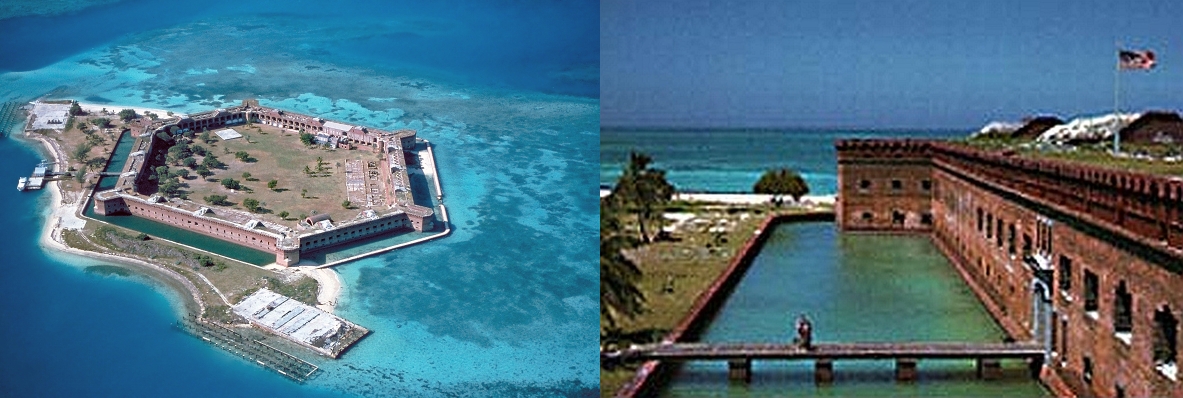
Fort Jefferson, from which I was unsatisfactorily scoping Hospital Key is nothing if not very odd. 16 million bricks taken out to the middle of the sea for strategic purposes, though the need behind that strategy never materialized. The bricks were not going anywhere, however. The typical tour via ferry boat, to what is now a National Park, lasts about four hours -- in and about the fort. Reading its history is in many ways more interesting. It was used as a prison during and after the Civil War. Far the most interesting prisoner was Samuel Mudd, the doctor at whose home John Wilkes Booth
arrived after the assassination and who worked on Booth's fractured leg. What Mudd knew or didn't has launched a thousand books. Yellow fever broke out at the Fort in 1867, and when
the prison doctor died of it, Mudd took over and stemmed the disease. The soldiers petitioned President Johnson on his behalf, and he was pardoned. A terrific movie about all this was
made in 1936 by John Ford, The Prisoner of Shark Island. Available on YouTube: Shark.

As for using scopes to bird, and connecting them to a digital camera, a good article is Making the connecton.
As for Hospital Key itself and its special boobies, I was absolutely delighted recently to discover that the Key is still there, the boobies are still there, and a terrific photo -- not just any old photo, but one taken by Greg Miller and available on his website: Hospital Key Masked Boobies. And who is Greg Miller? His website says it right up top: "A birding site by one of the guys from The Big Year (book & movie)". My admiration for this wonderful film is expressed below, see Chapter 7.
Potential future notes: Great White Fleet
4/ On the Border Hook-billed Kite
Mary Gustafson, whose terrific picture of the HB Kite opens the chapter, and who leads birding tours in the Lower Rio Grande Valley, maintains a blog
on the net: Mary Birds.
This is not just any old blog. This blog has, along with many, many birds, a life and death struggle against cancer. Mary's cancer was first diagnosed in January of 2019, and she has been
battling it ever since. Two years later she has hopes, and the results appear to confirm them. Her posts along the way have been filled with heart wrenching candor, amazing in many ways.
But there's much additional of great interest: for example, the catastrophic cold wave that descended upon Texas in February 2021, even as far south as where Mary lives. From her blog:
"Tuesday and Wednesday were more of the same. No power. No heat. Feed the birds every couple hours. The stars were a bevy of Orange-crowned Warblers, a single Pine Warbler.
Yellow-throated Warbler, Western Tanager (yard bird!), and a host of the usual suspects including Green Jay, Clay-colored Thrush, and two Plain Chachalacas." There's a picture
of Mary on her blog site.
Alas, sadly, she didn't make it. When her blog entries ceased, I searched the internet, where I found
this. It announces her death, but it also contains a very
perceptive tribute written by Laura Bies of the Bird Banding Laboratory to Mary's life and work:
"We announce with regret, the passing of Mary Gustafson in November of 2022. Mary worked in the BBL for just over ten
years and for a few of those years held the position of Acting Chief. Mary began working for the BBL in 1995 as a biologist. Initially, she handled
auxiliary marking, banding schedule editing (biological data), band procurement as well as coordinating special authorizations to band hummingbirds.
When Mary came to the BBL, she already had extensive banding experience, including work at Ontario’s Long Point and New Jersey’s Cape May bird
observatories. Mary was very passionate about her profession; mainly a passerine and hummingbird bander, she was an integral part of the BBL
staff. When the BBL shifted from a hierarchical to relational database, Mary’s contributions were an essential part of those re-engineering
efforts. Mary left the BBL in late August of 2005 for a position with the State of Texas and to become a professional bird guide in the Lower Rio
Grande Valley. Her excitement and enthusiasm for birding and avian science was clear in every position she held, including those of president of
the Lower Rio Grande Valley RBA, editor of South Texas’ e-Bird, and committee member for the Texas Bird Records and American Birding Association
Checklist, among many other important roles in the ornithological scientific community. Certainly, Mary will be sorely and forever missed by the
BBL team, the ornithological community, and her friends and family."
See also this, which includes this picture of Mary:

Although the action in this chapter takes place almost entirely on the Rio Grande (when down there was quite unlike today), the very first sentence mentions a very different part of Texas, the Hill Country, and later there are two paragraphs on the Edwards Plateau, of with the Hill Country is a part.
Robert Caro treats this area of Texas in far greater detail. The title of the volume in his extensive biography of LBJ which describes these 24,000 square miles is The Path to Power, and this path grows out of central Texas. It is unlikely that Caro, now in his late eighties, was ever a birder, having grown up on 94th St and Central Park West and having devoted his life to incredibly detailed research and writing, day and night. But he has spent a lot of time in the vicinity of some prime birding areas. His project is basically a profound view of American politics and history, starting with the days the Johnsons moved to the Hill Country, seen through the life story of one individual who became president.
Here's another way to put this: the path is long, but you learn what really goes on in politics!
The LBJ now has 4 very long volumes, and his many, many admirers (which include yours truly) have been waiting so far more than ten years for his last volume (volumes?), the one (ones?) on Johnson's presidency. That's right! -- 4 volumes, more than 3,000 pages, and he hasn't even gotten to Johnson as president (save for the very first days after the Kennedy assassination). Here is the first volume, with its Hill country connection (and description of women on the frontier), to get you hooked on this whole project.
5/ Visiting Nobility Whiskered Tern
Bird lovers 1903, including Arthur Cleveland Bent, author of 21-volume Life Histories of North American Birds.
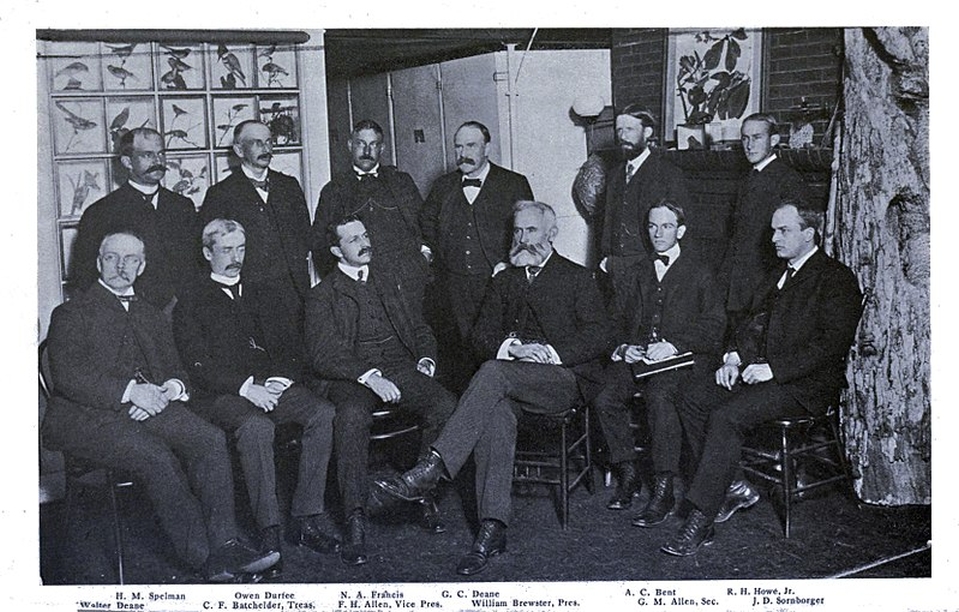
Potential future notes: Delaware.
6/ Walking on Water Leach's Storm-petrel
We were looking for the white rump, but in fact this area off San Diego is complicated. Indeed the authors of the 7th edition of the National Geographic guide felt it necessary to include a special subspecies map of the area (p. 567) showing where dark-rumped chapmani (breeding and post-breeding) occurs in relation to the nominate subspecies as well as another white-rumped species, Townsend's, and Ainsley's Storm-petrel, which ranges to the Galapagos and which many consider a subspecies of Leach's.
On a personal note, one of the NGS authors, Jon, was on the trip I describe, and the other was someone whose acquaintance I made when I used to, every day, park my car at the end of Hutchins Pl, NW in DC and head down to the C&O Canal with Shanghai, our beloved Malamute. Turned out one of the people living down there was a first-class bird artist named Jonathan, with whom I enjoyably chatted on a number of occasions.Potential future notes: William Elford Leach, Louis Jean Pierre Vieillot, Monophysitism.
7/ Contented Hog Gray Hawk
It's not about the Gray Hawk, but this is as good a place as any to insert a note about the film The Big Year, a fictional version based on the book The Big Year: A Tale of Man, Nature and Fowl Obsession which was written by Mark Obmascik about one of those actual quests to see a record number of birds in a single year. The screenplay is by Howard Franklin, a variegated writer-director, and directed by David Frankel, a variegated writer-director some of whose work is perhaps better known (The Devil Wears Prada). The cast is also variegated: Steve Martin, Owen Wilson, Joe Black and an assortment of other very good actors, among whom are Rashida Jones, Anjelica Huston, Rosamund Pike, JoBeth Williams, and Brian Dennehy. Although stupid Rotten Tomatoes gives it but 40%, and it lost about $34m, it is in fact a terrific film. It is funny in being true to life and to the idea of being obsessed with the idea of winning the trophy (as if there were one) of seeing the most birds from midnight January 1 to midnight December 31. If you ever wanted to visit Attu island, here is you chance. Skulduggery is not neglected. Marital discord. Clumsiness. Rich and poor. Actual birds are seen. The film is fictional, but real, and something that every birder, the majority of whom are not crazy enough to lust after a Big Year, will appreciate. Click on the image here and help these people recover some of the $34m.
8/ Restricted Diet Snail Kite
The Tamiami Trail has a starring role in this particular account, although it was nearly eclipsed by Alligator Alley. The National Park Service has recently
created a good history of the Tamiami and put it on their
website. "Removing the cork in the bottle: Reconstructing Tamiami Trail to restore water flow to Everglades National Park." By Antonia Florio, Science Communications Liaison, Everglades
National Park." The article is accompanied by this picture, courtesy of the Collier County Museum, of opening day for the trail, April 26, 1928,
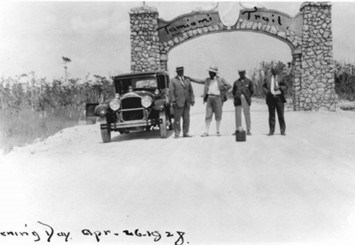
And Ryan Hagerty of USFWS took this picture of an apple snail:

Potential future notes: Miccosukee tribe, Samuel Eliot Morrison, Seminoles. History of binoculars (Nikon 9x)
9/ Marineland California Gnatcher
Something very interesting happened at a northern cousin to Marineland in 1989 -- Marine World in Vallejo. Two Beaked Whales, exact species unknown, perhaps the world's least-known mammal -- certainly one of them -- became stranded on the California shore and were taken to Marine World and given the names Alexander and Nicholas. Alexander survived only two weeks, Nicholas a further 10 days. Sadly short, but in fact the longest any Beaked Whale has survived out of the ocean.
Potential future notes: American Ornithologists' Union, Marine Corps Camp Pendleton, Pacific Coast Highway.
10/ Carderock Barred owl
2021 and Betty Holberton has been in the news -- actually the news is that the computer she mastered, the world's first, ENIAC, is 75 this year, and the celebrations often mention Betty,
as they should. Here's a picture of the two of them, plus one of Betty when she was working at Remington Rand:

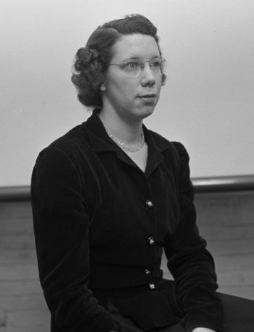
Short but good article: here.
People love owls. Here's a law school classmate in Andalucia, seeking wisdom.
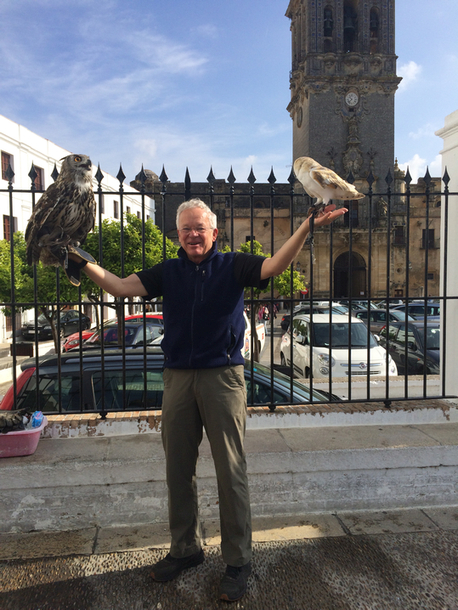
He has a photographic website.
Potential future notes: Shelby Foote, Edward Howe Forbush, Karel Voous, Isidore Geoffrey St-Hilaire, Katherine McKeever.
11/ Valhalla Black Swift
An author whom Graham Greene described as "one of the best writers, not of any particular decade, but of our century," Norman Lewis, writes in Golden Earth that his favorite bird is the Grey-rumped Swift. Names and taxonomy change in 70 years, so this bird is now the Edible-nest Swiftlet, a name which better describes what Lewis wants to write about here in his book about Burma: ". . . breeds in caves on the islands of the Mergui archipelago is famed in the Far East for the immaculacy by which all its act are characterized. In the leaflet -- it was published in 1907 and had scientific pretensions -- I read that this excellent bird was believed to obtain its nutriment from the air. Its name in Siamese means 'wind-eating bird', and it is stated never to have been observed in the act of taking solid food of any kind. The nest, which is fixed to the most inaccessible parts of high caves, is half the size of a small saucer. It is transparent and takes in the first place, three months to make from the fine, web-like threads of saliva secreted by the bird. Its first nests are collected as soon as complete. The bird then hastily produces a second, which is regarded as an inferior cru, and when this is taken, a third, of which it is sometimes left in possession. These are 'white' nests, unsullied by an foreign material. A related species of bird, of less ethereal habit, produces 'black' nests, containing feathers, flies and even droppings. These are not acceptable in Hong Kong, the chief birds nest market, but find buyers among the less exacting Chinese of the Straits Settlements. The Grey-rumped Swift not only does not foul its nests, but does not permit its young to do so, although perhaps in view of its reputed feeding habit, the impulse is slight. At all events nests are as spotless and saleable after incubation as before."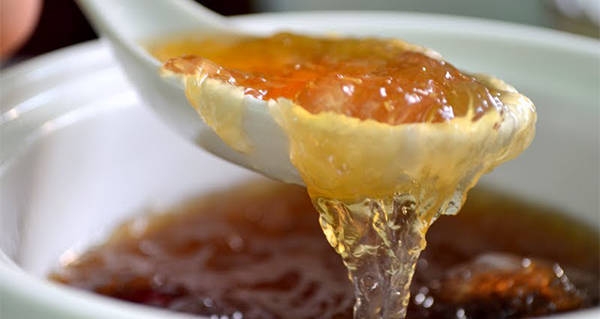
"Flying through the sky, helmeted valkyries appear" says one source. This seems a good place to note that there is now a video game about another flying
creature up in the sky. The game "takes place in a city made of giant paper lanterns floating in the sky. Each side of a lantern is a hand-drawn Persian miniature like scenery. It is said
that the bird goddess Simurgh painted them directly on the night sky." Here is Simurgh:
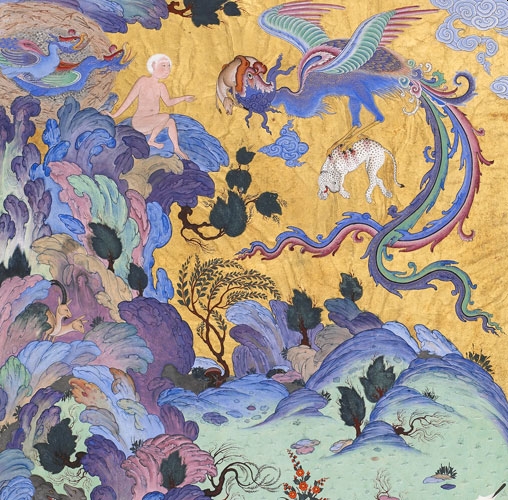
"The player will help a girl named Zig to wake the goddess, who's been asleep for years. They will have to find thirty quirky bird characters, that is, gather all their contacts in a chat app on Zig's phone."
Why mention this game? Because of the sky and because of its name: 30birdsgame.com.
Two recent articles on the wonders of swifts: Katherine Rundell
~ Helen MacDonald
Let us not forget Vincent Van Gogh.
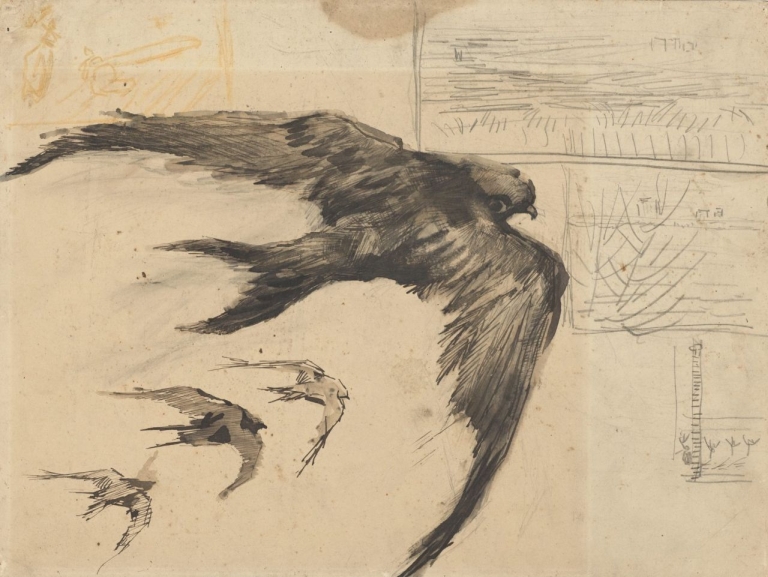 The source that recently put me on to this describes it as a "brooding sketch of four swifts, the rough line of the artist's pen reflecting the speed with which these passed by." Possibly.
Another interpretation is that these are not four separate swifts, but four sketches of the same swift, attempting to get it right on a single sheet of paper. A remarkable feature of this
remarkable sketch, if that is what it is, is that the eye of the swift is shown. This swift must have passed Vincent by at eye level, and Vincent must have had his eye out for that eye.
The source that recently put me on to this describes it as a "brooding sketch of four swifts, the rough line of the artist's pen reflecting the speed with which these passed by." Possibly.
Another interpretation is that these are not four separate swifts, but four sketches of the same swift, attempting to get it right on a single sheet of paper. A remarkable feature of this
remarkable sketch, if that is what it is, is that the eye of the swift is shown. This swift must have passed Vincent by at eye level, and Vincent must have had his eye out for that eye.
Potential future notes: G. Evelyn Hutchinson, François Leguat, Huguenots, Ahwahneechee, Jared Diamond, Cooper Ornithological Club.
12/ Hammering Nuttall's Woodpecker
An interesting story about a Nuttall's is contained in the charming, brief autobiography famous California birder, Don Roberson, offers on this website.
Roberson
The most interesting woodpecker of all, at least in North America, is the Ivory-billed. Is it extinct? -- or is it just very successful, in the nearly impenetrable swamps of Louisiana, in
avoiding people (this source says it hates people). There was a flurry about a decade ago when there was a claimed sighting, but although some acclaimed ornithologists found the evidence
convincing, others did not. And as of spring 2022, the FWS is set to declare the bird extinct.
But wait! A new group of researchers says it has found the Ivory-billed. And it has published a paper on the net (as yet not peer-reviewed) to that effect. Here is a newspaper
article about all this -- an article which contains a link to the scholarly paper in question. Back from the Dead
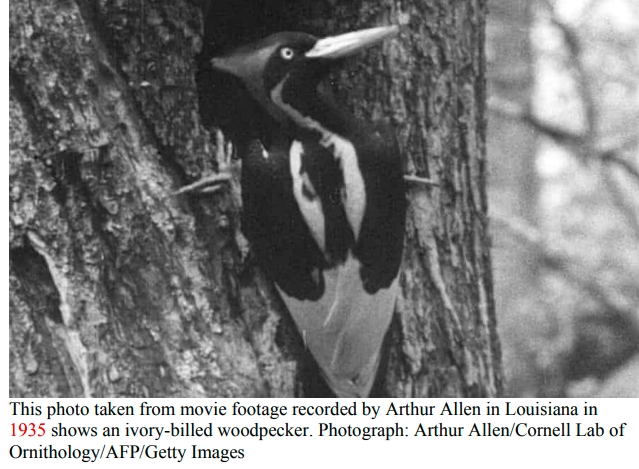
Potential future notes: Yellow-breasted Chat.
13/ Penelope Eurasian Wigeon
Here are pictures of the opposite ends of the earth -- the N.A. birding earth, at any rate. A picture of California's Gray Lodge Wildlife Area (they've dropped
"Management" from the name, it seems), where I failed, and of New Jersey's Cape May State Park, where I saw the wonderful wigeon.
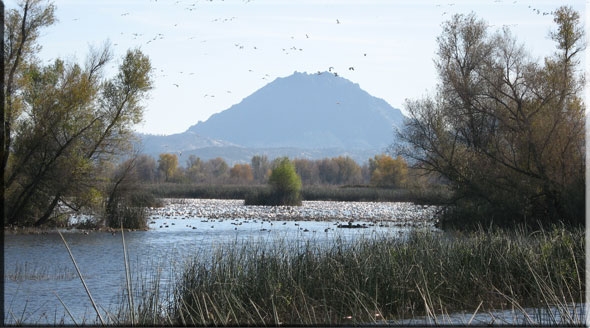
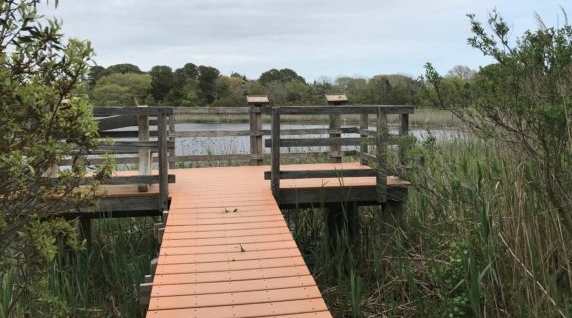
And here are artistic imaginations of Penelope
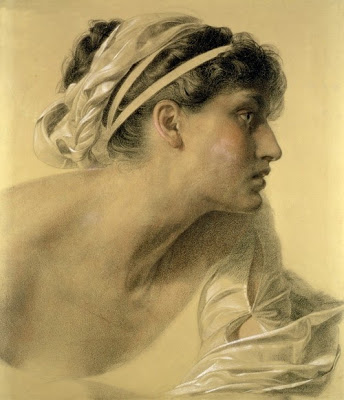
and of Aristotle instructing Alexander (philosophers do not conquer the world, they instruct those who do):

14/ Bahamas Bird Stripe-headed Tanager (Western Spindalis)
For Alexander Skutch, see chapter 30, below.
Potential future notes: M.L. and P.R. Isler, T.C. Moermond
15/ Burrow Bird Black-vented Shearwater
An especially random footnote: There is absolutely no connection between the Black-vented Shearwater and Babe Ruth, or for that matter, any of the other 30 Birds. But there is a connection
between the Babe and the carrier pigeon, and this is as good a place as any to show that. Here he is, in pre-radio days, using his feathered friend to broadcast the game's progress
across town.
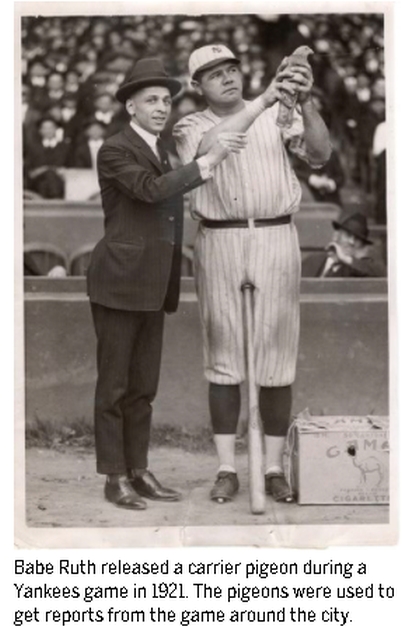 .
.
Potential future notes: Kilauea Point National Wildlife Refuge, Puffinus.
16/ Percy Bysshe Eurasian Skylark
Percy had, one imagines, certain psychological issues, given his unbelievably complicated emotional life. Who knows whether "Bird Therapy" would have
helped? It did, however, help another Brit, Joe Harkness, who has written about how it helped him overcome a personal psychology which included drug and alcohol addiction:
here.
Here is the statue of Shelley referred to, washed up at Viareggio in July 1822, a statue by the short-lived Edward Onslow Ford (1852–1901).
 .
.
Shelley's boat was sunk by a storm, and in fact when his body washed up on the shore ten days later it was badly decomposed. No matter. This is Art. The photo, cropped by me, in
Fair Use, is by Nicholas Halmi who is connected to University College, Oxford, where the sculpture resides. I refer in the chapter to a particularly laughable student prank,
but it turns out there have been others. One site says "Originally Shelley’s head was adorned with a gilt-bronze wreath—a ludicrous embellishment that can only have detracted from the
statue’s undeniably arresting appearance." Another site says that student pranksters stole the wreath. Here, here.
Mark Twain gets a brief mention in this chapter, thanks to that Ozzie devoted to him, Clive James. Twain said a few things about birds, not the
skylark, but, for example, that wonderful bird, the blue jay. See
Jay. The jay, incidentally, follows his humiliation by a raven. 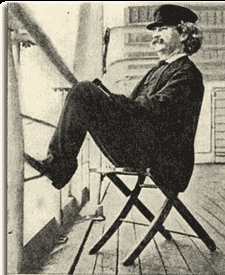
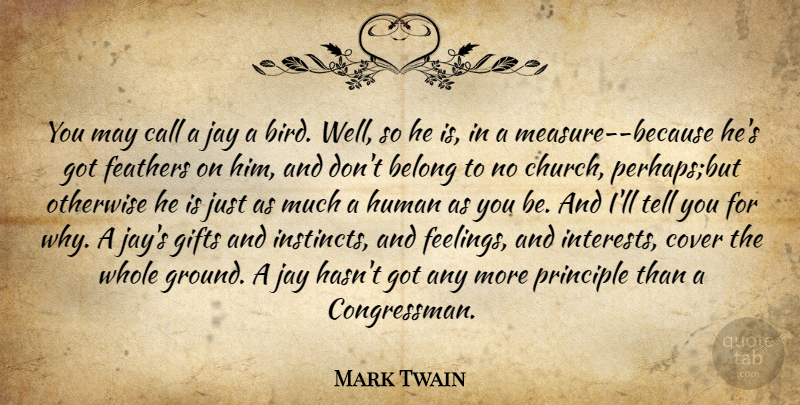
Potential future notes: Mary Wollstonecraft,
17/ Pawnee Lapland Longspur
Potential future notes: Pawnee National Grassland, Pronghorn Antelope, English sparrows.
Chip and I were transporting ourselves in a rented vehicle, and, as the text proclaims, were tired from previous Guanella mountaineering and the new time-zone. We were not about
to undertake the remarkable 4.1 mile Buttes Trail hike which the Pawnee offers.
Yet, one of us, at least, is firmly convinced of the health benefits that regular hiking -- and running -- offer. Here's an article that confirms that, and, indeed, confirms that it helps with:
Slows aging:
"As we age, two forms of exercise are the most important to focus on: [a] aerobic exercise, or cardio, which gets your heart pumping and sweat
flowing, and [b] strength training, which helps keep aging muscles from dwindling over time.
And most of the time, they don't require any fancy equipment or expensive classes."
18/ On the Rocks Rock Sandpiper
Potential future notes: David Schneider, Darwin, Wallace [Evolution of Beauty] Spencer Fullerton Baird, Sparrow War, Theosophy.
Here's a picture-portrait of the great Elliott Coues (cows), discussed in some length in this chapter.
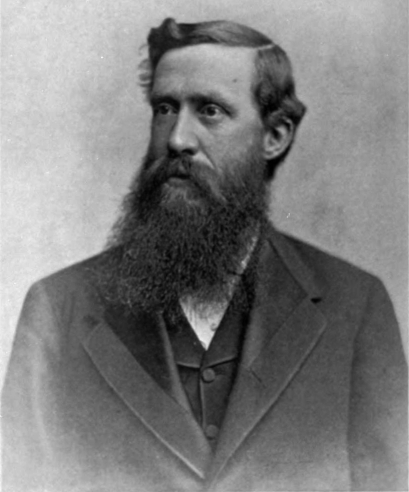
19/ Marathon Antillean Nighthawk
Here's a montage of Robert-Is-Here, mango milkshake, and Marathon Airport.

Edmund C. Jaeger was another Midwesterner (Loup City, NE) who moved to California (Riverside) and was fortunate enough to live to 96. Born 1887. The
"Dean of the California Deserts." His observation of Poorwill hibernation is still a landmark in ornithology. His wiki entry notes his cabin in Palm Springs and the large, quite remarkable
group of pals he had there, many of them also scientists. The picture below comes from this website. But this same website has a much
better page telling the story of his life and work.

20/ Well Loved Tricolored Blackbird
Potential future notes: H.M.S. Beagle, Johnson Neff, Gordon Orians and Robert Payne, Frederick Crase and Richard DeHaven, Edward Beedy and William Hamilton.
21/ Alas, Lost Cousin Canary-winged Parakeet
In reacquainting with Audubon's magnificent portrait of the Carolina Parakeet, I came across the following from the great man himself: "A true conservationist
is a man who knows that the world is not given by his fathers, but borrowed from his children." This is on the website of Nevada's Red Rock Audubon
Society.
Parakeets are, of course, a type of parrot, and although parrots are known for their intelligence recent studies of New Zealand's famous Kea
have highlighted its capacity for cooperative intelligence. This from Jennifer Ackerman's The Bird Way: "We know this from experiments in which researchers give birds a box
rigged with four separate chains that must be pulled simultaneously to release treats. Known as the loose-string experiment, it is the standard test for cooperation in the animal world. Kea
ace it -- waiting while everyone gets positioned, then yanking the chains all at once so everyone gets the treats. They will wait for the arrival of their helping partners for more than a
minute, beating dogs, chimps and even patient elephants."
Parrots. Although the wildlife trade is having a devastating effect (a recent study says this trade is the
number one cause of species extinction), and although many animals besides birds are traded, and although many birds besides parrots are traded, parrots remain symbolic of the
whole enterprise. A parrot like the
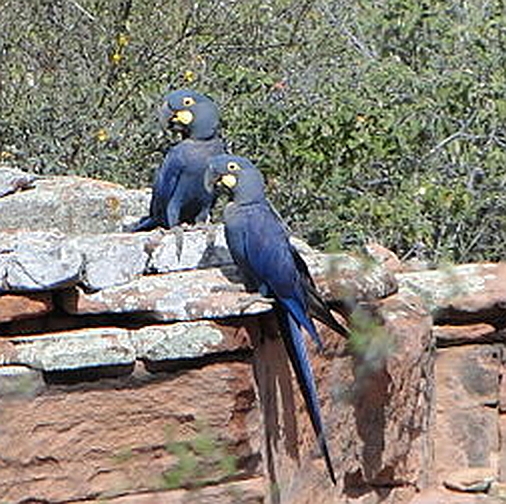
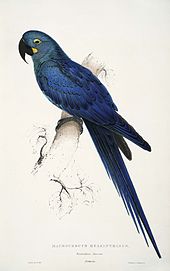
Lear's Macaw, of which there are only about 250 left in the wild, brings, because of its beauty as well as its endangerment, attention to the whole issue.
2020, of course, was the Year of the Pandemic and perhaps 2021 will be the Year of the End of the Pandemic, but there was another pandemic, at least in the US, a decade
after the Spanish flu, and it coincided, to make matters worse, with the onset of the Great Depression. Parrots were to blame. Well, at least they starred in a leading role. The wonderful
Jill Lepore tells this fascinating story in an article in The New Yorker from 2009, "It’s Spreading: Outbreaks, media scares, and the parrot panic of 1930." The article, a link to which
appears here, begins: "On December 14, 1929, during a holiday shopping season darkened by the greatest
stock-market crash in American history, Simon S. Martin bought a parrot for his wife, Lillian, at a pet shop on North Eutaw Street, in Baltimore. It was not, as it happened, a well parrot. Hoping
to surprise his wife, Martin seems to have asked his daughter, Edith, and her husband, Lee Kalmey, the owner of an auto repair shop, to take care of the bird and bring it over to his house
in Annapolis in ten days’ time. By Christmas Eve, the parrot must have shown signs of illness: puffy eyes, a drooping head, and feathers as ruffled as if it had flown through a squall. Come
Yuletide, the Martins had a dead parrot on their hands."
About the "parrot father", Perzina, and his cabaret act, it has been nigh unto impossible to find out anything. That he existed, however, is affirmed by this little item in
Variety for April 1914 (p.2):
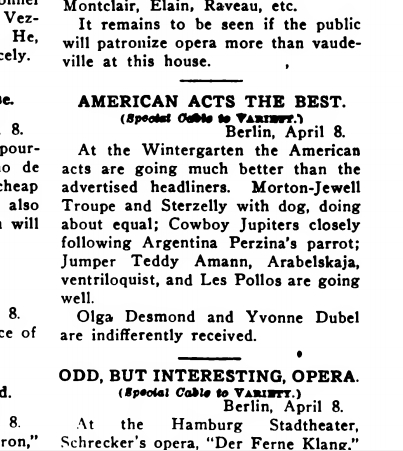
One of the earliest color photographs ever made was of a parrot, a beautiful green and yellow parrot with an orange breast band. This article discusses the origin of color photography and includes this photo from the 1890s of the inventor, physicist Gabriel Lippmann, and what was presumably his parrot, no doubt stuffed, as the subjects had to remain still for the extended exposure period:
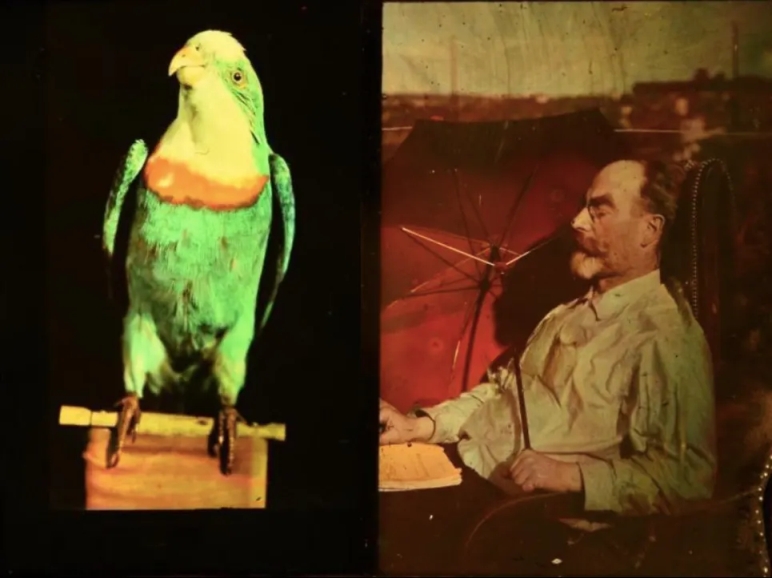
This is only here because we adopted our daughter, staying in Changsha (Hunan province) and driving to Yi Yang City, past where Mao was born. This was many years after 1950, but the photo shows that the revolution, apparently, was not all about military conquest:
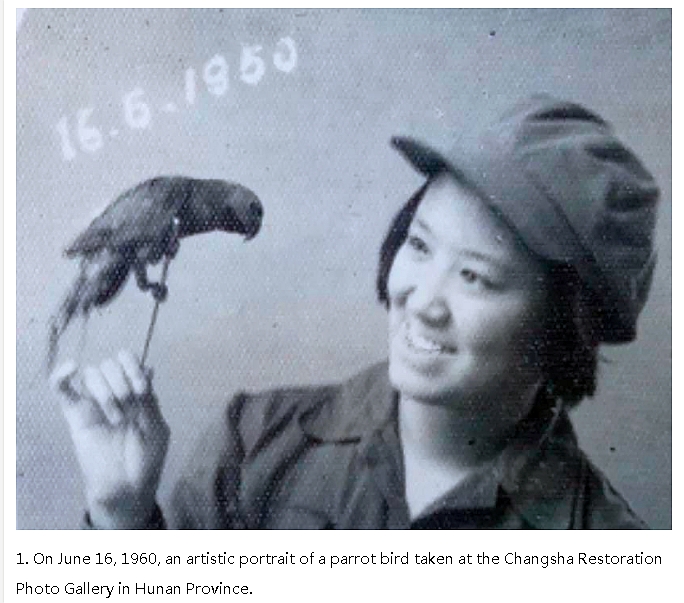
The Dodo was not, of course, a parrot, but it is, likely, the most famous example of an extinct species, baring perhaps Triceratops and Brontosaurus. These latter two are not likely to be brought back soon, but the Dodo now has a real chance, due to recent discovery of a “fantastic specimen” of dodo DNA by biological researchers at UC Santa Cruz.
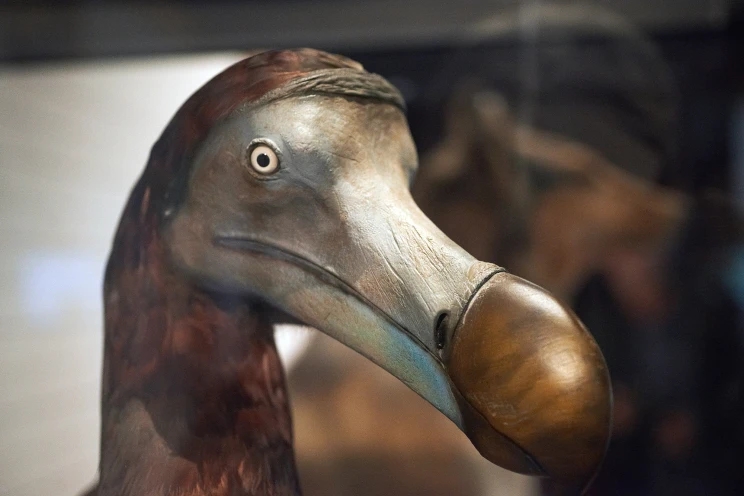
One article says: “Beth Shapiro, a professor of ecology and evolutionary biology there, told viewers of a Royal Society webinar that her group would publish the full genetic sequence at the Natural History Museum of Denmark. ‘Yes, the dodo genome is entirely sequenced because we sequenced it. It’s not been published yet, but it does exist and we’re working on it right now.’”
Dutch sailors found the dodo on Mauritius in 1598, but by about the time of the American Revolution species they’d introduced (plus hunters) had done it in. Shapiro is actually an expert on “How To Clone A Mammoth” (Princeton 2015). “Mammals are simpler,” she said, made possible by cloning — “the same approach that was used to create Dolly the Sheep. But we don’t know how to do that with birds because of the intricacies of their reproductive pathways. So there needs to be another approach for birds.” she explained, adding that she has “little doubt that we are going to get there.” Here’s hoping.
Potential future notes: General Grant ("one of the most prolific pet owners in White House history. He owned a gamecock, a parrot, several dogs, and a bevy of horses and ponies"), State Natural Heritage Programs
22/ Bombay Hook Sharp-tailed Sandpiper
Potential future notes: Civilian Conservation Corps, CCC, FDR
23/ Back Bay Long-billed Curlew
Upper Newport Bay Ecological Reserve on the website of Cal Fish and Game.

Oddly configured breeding range, from Cornell's site. Plus view of Candlestick Point.
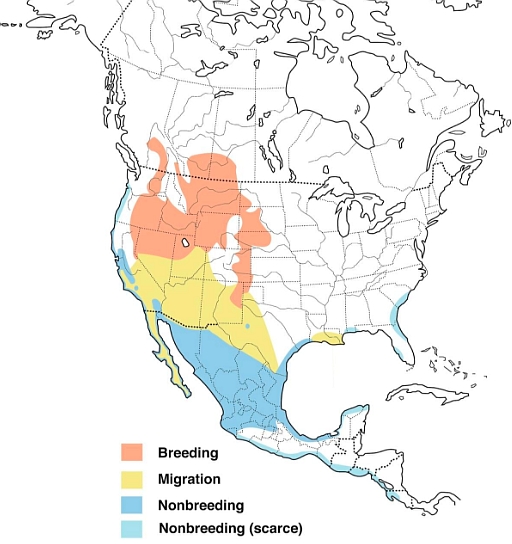
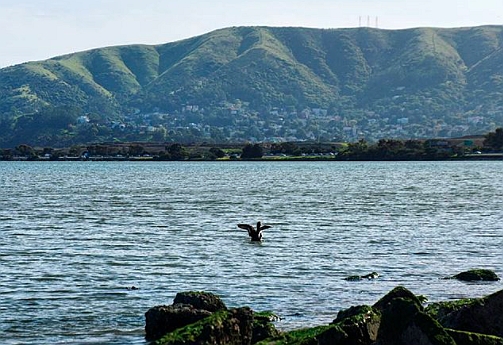
A montage of scenes from Orange county, including the harbor mentioned in the text:

24/ Unexpected Popup LeConte's Sparrow
A picture of Dr. Chipley in Michigan on this trip:
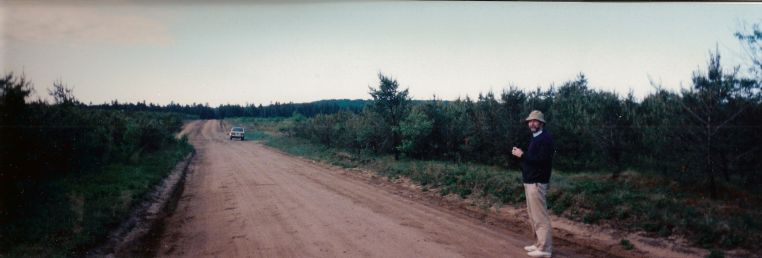
25/ Presidio Lawrence's Goldfinch
In addition to the many absolutely absorbing facts about the Presidio recounted in this chapter, we can add that one of the great generals of WW2 died there. This was the man given
the impossible task of trying to get Chiang Kai-Shek to fight the armies of Japan which had invaded his country and all of SE Asia -- rather than concentrating on Mao, his eventual
conqueror,on whom he expended great military resources to keep holed up in the mountains of Yenan. General Stilwell, Vinegar Joe as he liked to be called, because he was so insistent
that Chiang fight the Japanese rather than Mao, was ultimately recalled rather than supported by FDR, whose vision of China was based on wishes rather than facts.

Stilwell's home was in Carmel, California, and before the war he had been commander at Fort Ord (his very long
walk to work each day there I tried to replicate at one point, recounted in my book on China.) Accordingly, when recalled from China he
was made Commander of the Sixth Army in charge of the Western Defense Command with headquarters at the Presidio of San Francisco. He died there, only a year after his recall,
age only 63. The classic book on him is Barbara Tuchman, Stilwell and the American Experience in China (1970), but he also features prominently in the more recent The
Burma Campaign by Frank McLynn -- a link to this book can be found here on our Friendly-books (page down to the very bottom).
Lastly, something endearing. In 2014, Stillwell's two grandchildren, Nya and Steven, neither of whom knew him because he died before they were born, decided to take their first trip
to China and cover some of the territory he covered. The result is an hour-long video available on the net: grand.
Potential future notes: George Newbald Lawrence, D.G. Elliot , John C. Fremont
26/ Little Creek Curlew Sandpiper
Potential future notes: Russia, International Union for the Conservation of Nature, IUCN, Delaware, Port Mahon Road, Little Creek Wildlife Area, molting fall adult.
27/ Tiger Creek Short-tailed Hawk
The Short-tailed Hawk is no Bald Eagle -- but what else is? It is, however, a raptor, and thus this may be as good a place as any to insert a random note about the famous national symbol.
Apparently, it is a myth that Ben Franklin ever preferred the turkey to the eagle as that symbol, but neither was he an admirer. In 1784, while in Paris, he wrote his daughter: "For my own
part. I wish the bald eagle had not been chosen the representative of our country. He is a bird of bad moral character. He does not get his living honestly . . . besides he is a rank coward:
The little king bird not bigger than a sparrow attacks him boldly and drives him out of the district." Apparently, his target with this remark was the recently-formed
Society of the Cincinnati a hereditary society for male lineal descendants of officers in the Continental Army, which
for him smacked of becoming a noble order suitable in a European monarchy, perhaps, but not in a fledgling democracy. The Society was the Bald Eagle and the real
Cincinnatus was the little king bird.
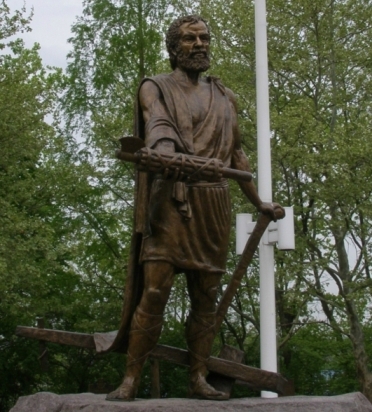
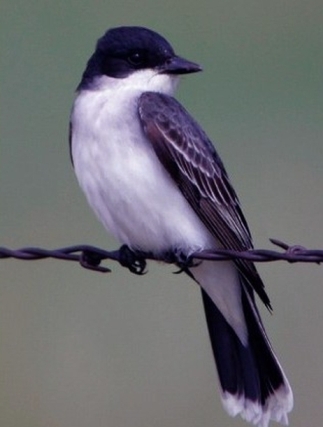
[For those wishing to see images of the kingbird regurgitating chitin pellets: insect chitin.]
Potential future notes: Florida scrub, Avon Park Bombing Range, Clarice Ford, Sharla Shettler, Dothan, Alabama
28/ Taxonomic Birding Red-naped Sapsucker
Potential future notes: Gaspard (Caspar) Bauhin, Johann Siegesbeck, harlotry, Paul Ehrlich, Gretchen Daily.
29/ Deceiving Appearance Kelp Gull
After reading this chapter, one wants to know more about and see pictures of Right whales, Cape fur seals and Maryland history. NOAA has a very good page on the
endangered (only 400 left)
North Atlantic Right Whale, in which this picture appears:
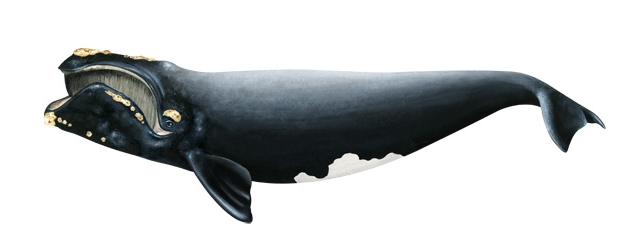
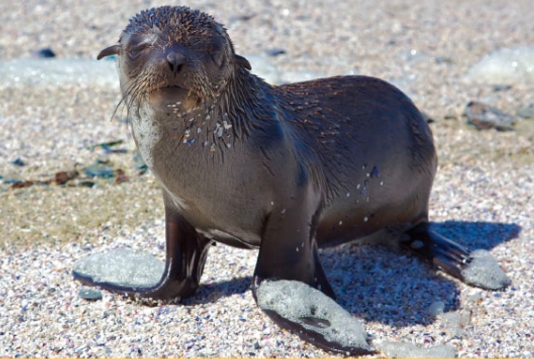
The image on the right comes from the wonderful organization, Harpseals.org and their fur seals project.
As for history, here are Sotterley and the US Colored Troops Memorial from this wonderful St. Mary's website, UCAC.
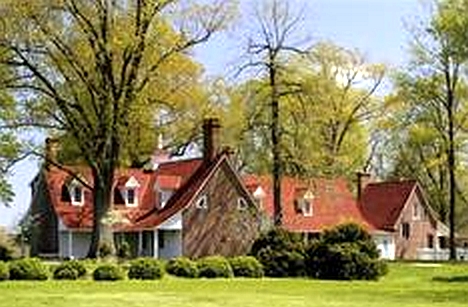
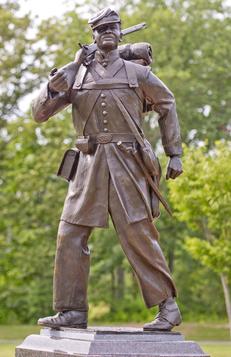 f
f
30/ Florida Canyon Rufous-crowned Warbler
A song of tribute to the life and career of the unique Bob Jenkins can be found here. Lots of pictures.
There certainly are no skyscrapers in Florida Canyon, but there are in other places, and a recent article makes this astounding statement: "Collisions with high-rise buildings kill another 600 million or so migrating birds every year, according to the Cornell Lab of Ornithology at Cornell University." The "another" in this statement
is there because collisions like this are only one of the hazards migratory birds face, hazards which range: "from vanishing nesting grounds, dwindling food sources and pesticide use, to domestic cats, which kill up to 3 billion birds annually, according to the Migratory Bird Center at the Smithsonian Conservation Biology Institute and the U.S. Fish and Wildlife Service."
This article, which appeared in the WSJ Dec 4, 2019, is actually about the effect of climate change on songbirds: it is making them smaller. "The thousands of sparrows, warblers, thrushes and other birds analyzed in the new study were all killed when they collided with high-rise buildings in Chicago between 1978 and 2016 . . . ." 12,000 specimens all measured by scientists at the Field Museum.
"The scientists, analyzing the measurements, found that body size declined significantly over the 40 years, as temperatures at the birds’ summer breeding grounds north of Chicago increased by about one degree Celsius.
The length of the tarsus leg bone, a key indicator of overall body size, declined 2.4% across all 52 species during those decades. The birds’ sizes declined incrementally, generation by generation, as temperatures rose, the researchers found."
Sheri Williamson. As mentioned in the text, Sheri is the author of A Field Guide to the Hummingbirds of North America in the Peterson series, but, strange as this may sound, there is in fact
a field guide to Sheri Williamson available on the internet. Includes a picture of Sheri in the Peterson style with arrows pointing to her characteristics, should you seek to identify her in the
field. Sheri pic. Features also a recorded interview with her.
Sheri also has her own website: Sheri.
Alexander Skutch. In addition to the bird books by Skutch shown in this chapter, there are books by him of a more philosophical nature -- including one on ethical
philosophy -- and also books about him, of which these are some:
There is also alexanderskutch.com.
A picture of Bob in the sun, though in a different sunshine state:
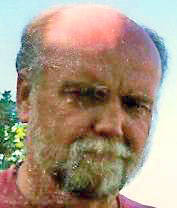
Books by the author's friends.
Click here to go to the complete Friendly Book page . . .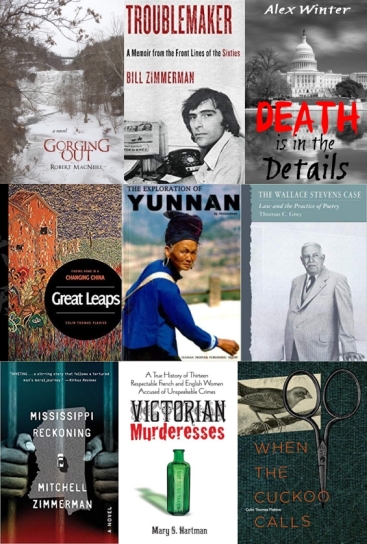
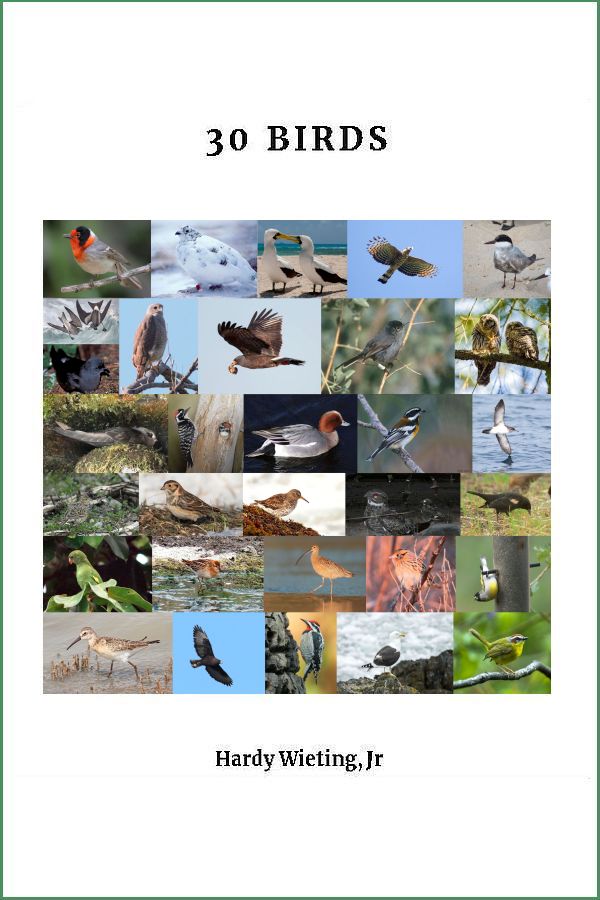
Table of Contents
Home page ->For a listing of chapters that includes each bird's name, click on Random Footnotes.
All is journey, and in this case, 30 journeys. We can make these particular journeys riding webbook or ebook. The complete ebook, sans ads of course, is available now for
purchase: Click here.
The introductory web posting of the first two chapters is in full. Click Additional for other postings.

Random footnotes:
For "Kids' Stuff", see very bottom of left column.
Birds treated, but not featured (see Photo Credits):
